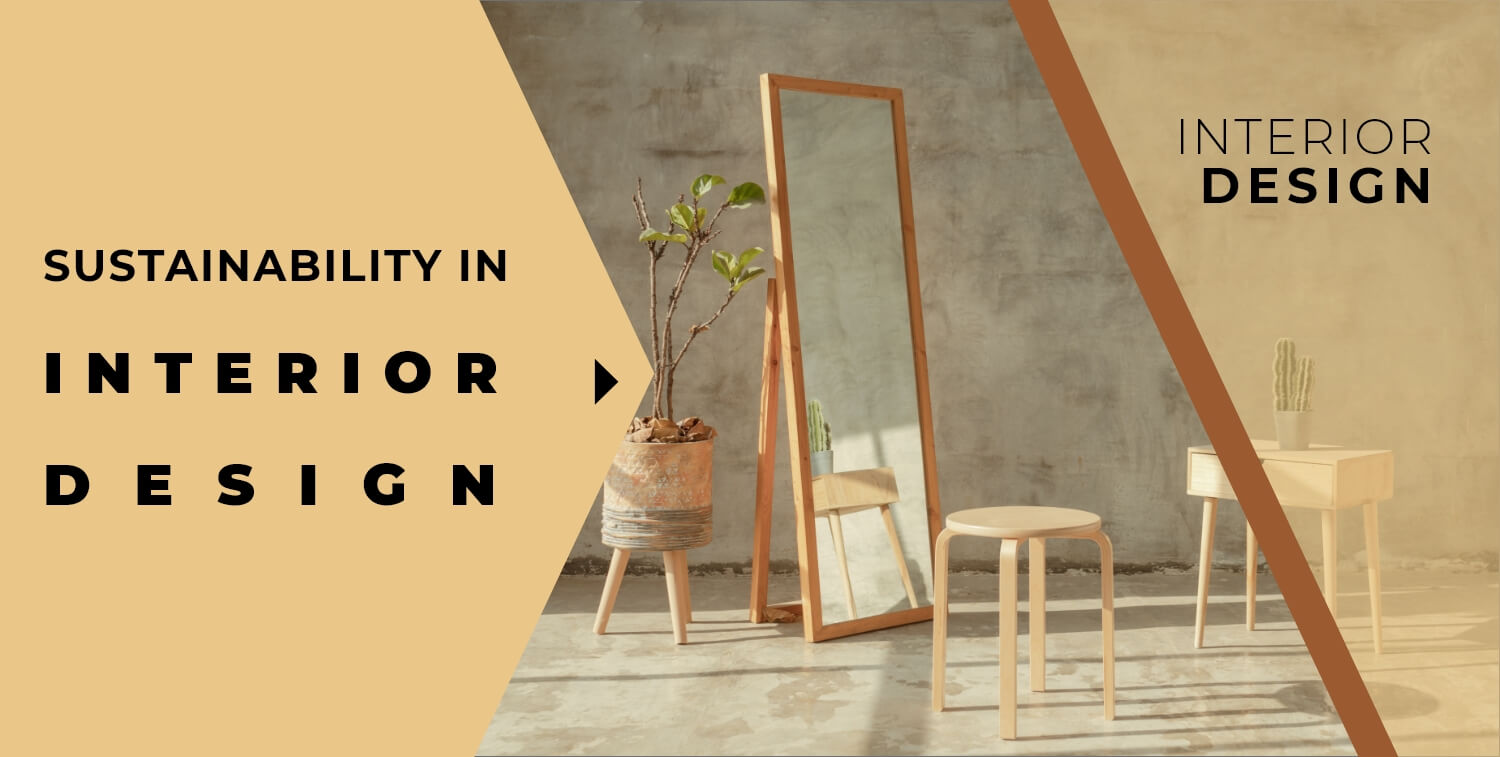
Sustainability in Interior Design
- November 25, 2019
- Posted by: inifd
- Category: Interior Design , Interior Design Institute , Interior Designer ,
It is time for change in the field of Interior Design. With our daily lives saturated with talk of climate change, interior designers need to join other construction industry professionals in tackling this and other environmental issues. We, at iNIFD Ahmedabad – a top rated Interior Design Institute in India offers Interior Design Course as a part of iNIFD Academy of Interior.
Our Interior Design Courses are integral to constant changes and modernization in Interior Design industry. We constantly incorporate the cutting-edge technology and design upgrades which suits the changing environment and needs of today’s world.
Now let’s look at sustainability in Interior Design.
Building has a significant impact on the environment, and interior projects are no exception. Fortunately, interior designers – with their focus on refurbishment projects, lighting and materials – are well placed to instigate change. Change can be affected by a combination of relearning lessons from the past and embracing new technologies.
There is much inspiration to be taken from traditional buildings and iconic designers from the past few centuries, whose good design inadvertently produced sustainable results. Meanwhile, new products, such as LED lighting, prefabricated components and veneers, can be exploited to complement basic sustainable design principles. The results need not conform to an ‘eco’ style: sustainability can simply be part of any good design.
It is vital that interior designers first consider how to approach designing sustainably. This involves overcoming potential barriers to environmentally conscious design, considering the consequences of design decisions and knowing what questions to ask during the design process. Designers can even opt to use a formal assessment scheme to ensure a rigorous approach.
To inform their approach, interior designers must understand the principles underpinning sustainable design and how these should influence their choices of energy and water systems, materials and construction methods. They must also gauge how to apply their knowledge to different types of interior project – whether temporary, flexible or long term – to ensure the most sustainable outcome possible.
A band of pioneering designers around the world is already leading the way. Their work demonstrates how sustainability can be incorporated effectively in interiors, without compromising aesthetics or design quality.
Since nowadays, buildings are designed to adapt the problems facing the natural environment and to consider the human welfare, so, interior design shall be no exception.
Conventionally, the practice of interior design aims at creating spaces in harmony with the building’s systems and fulfils the clients’ needs. Choices made by interior designers should result in functional and desirable interior spaces. However, they also have their environmental and human health effects that can extend far beyond the interior space and into the neighborhood.
And to moderate these effects, and in answer to the world’s needs, sustainable interior design aroused. It requires that designers expand their traditional thinking that focus only on the users and their needs, to include their health and the welfare of the natural environment.
This means that interior designers must start to address issues relating to users’ health and welfare, as well as the effect of their design choices on the environment. Issues such as; enhanced day lighting, sustainability of the materials, thermal comfort and good indoor air quality. This does not mean that sustainable interior design has to look or feel different, actually it can look and feel equivalent or even better than a conventional design.
This notion will demonstrate to prospective clients the potentials of the design as being a good design. Interior design is a wide sector; thus, this research will focus on Interior design for homes and residential buildings only, especially in the selection of the case studies and the strategies offered.
Final Words:
This conceptual information points shared by INIFD Ahmedabad - Interior Design Institute triggers some new approaches for the sustainable interior components design and provides a starting point for further discussions on the comprehensive inclusion of adaptive reuse into the interior design methodology, highlighting the importance of the waste management criterion as for the object’s ecological effectiveness. Inclusion of this concept into the decision-making process, as well as its further development is to defeat uncertainties or misunderstandings over the position of discipline in the reduction of the negative impact on the natural environment, and to build up the informed interior architectural design.

